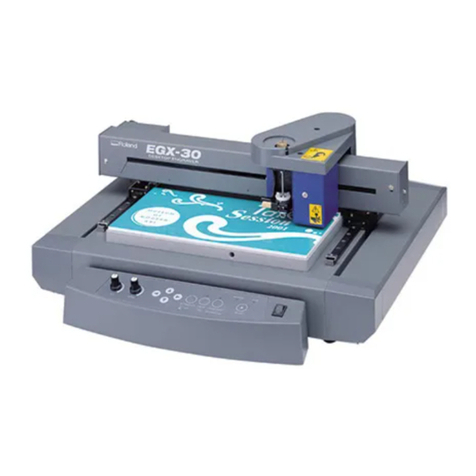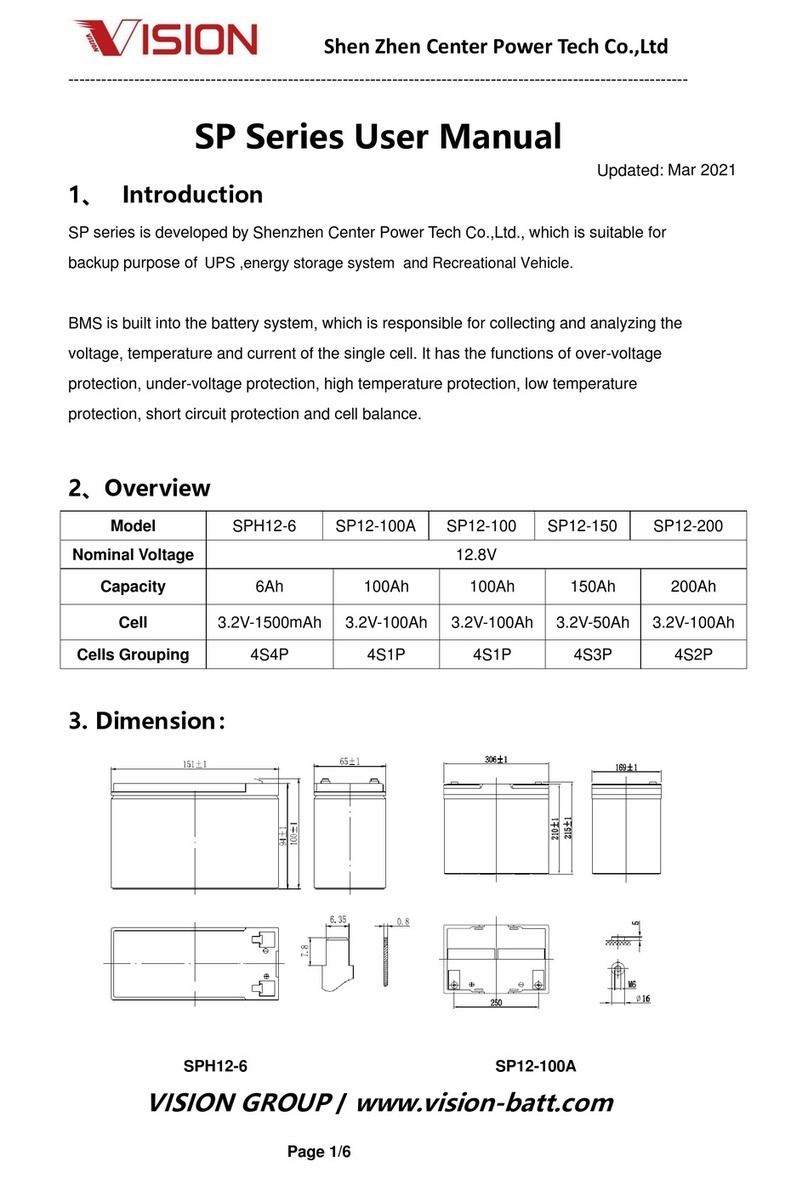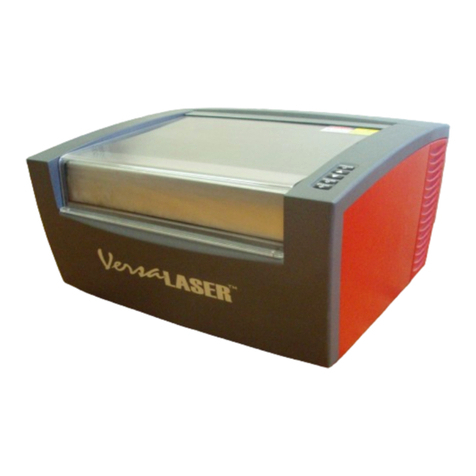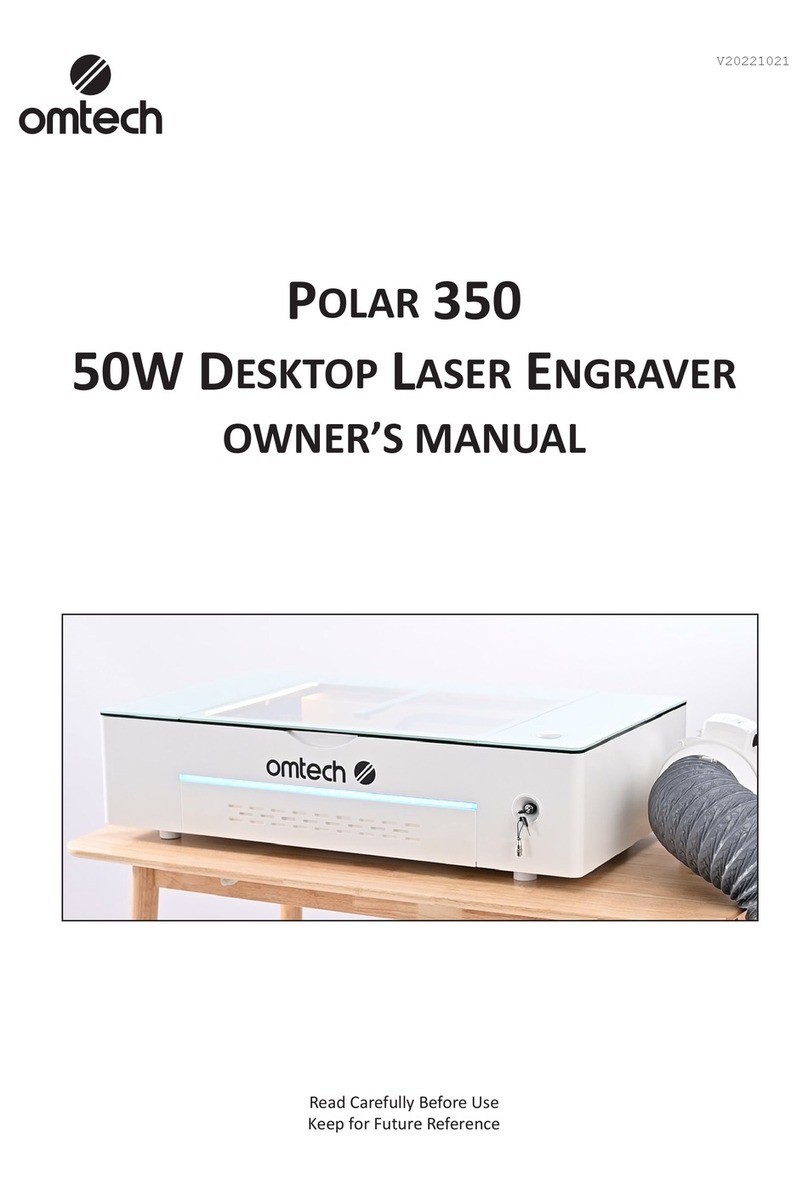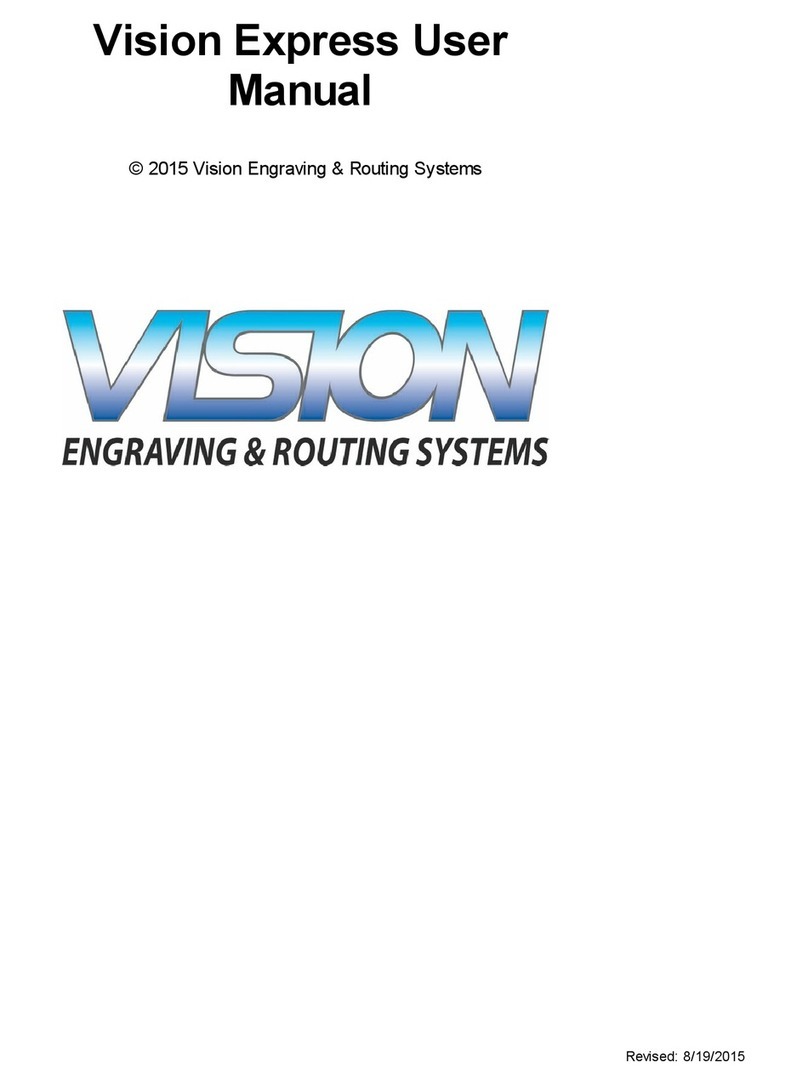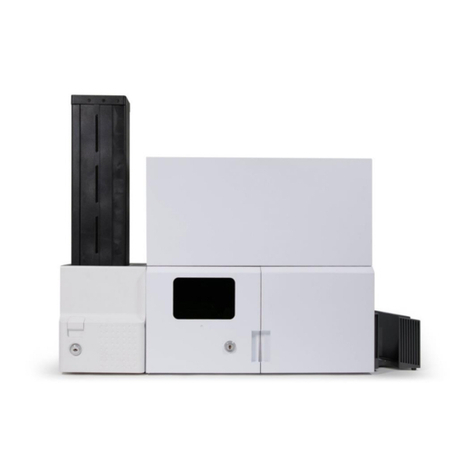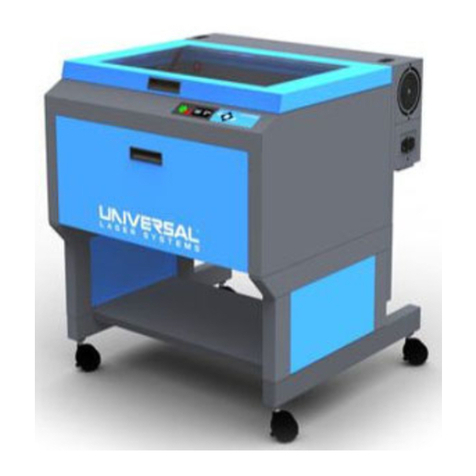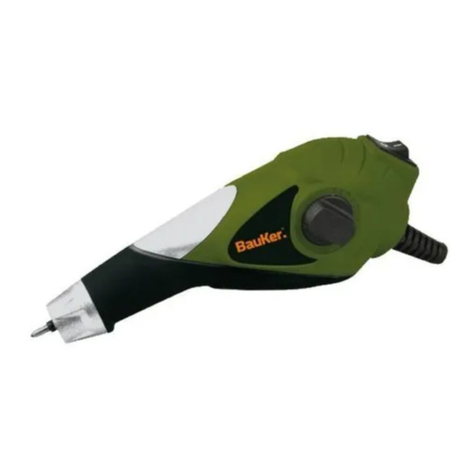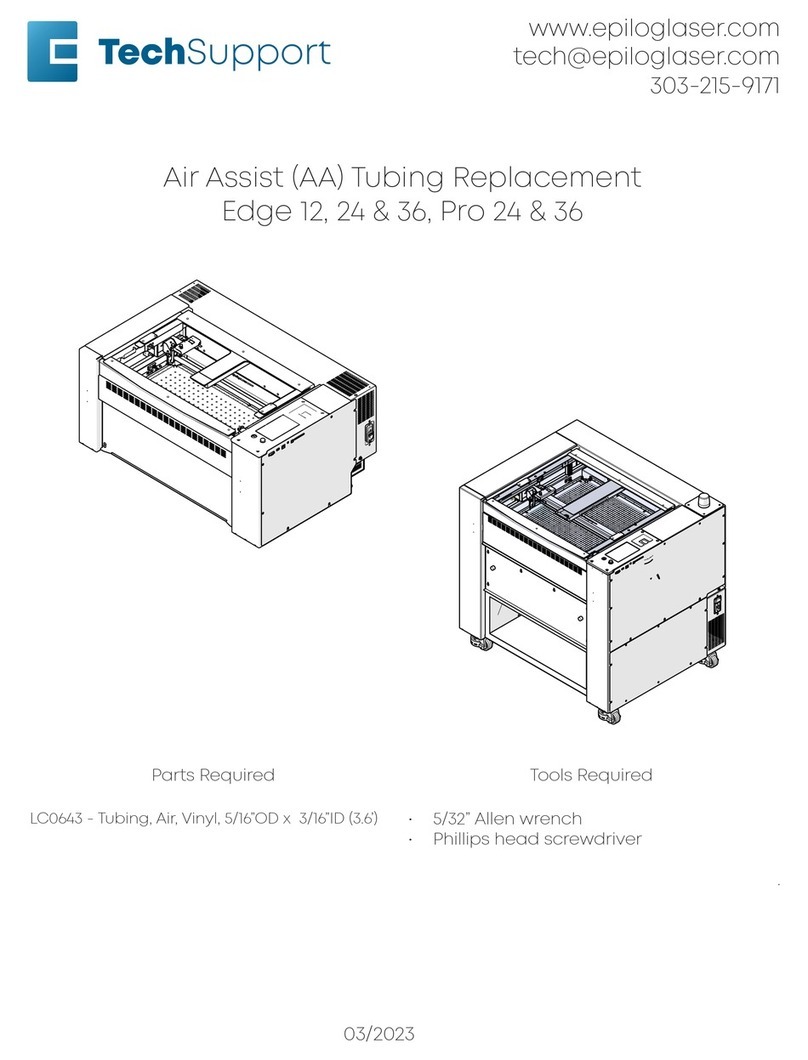
3
Table of Contents
BILL OF MATERIALS ....................................................................................................................................... 4
INTRODUCTION ............................................................................................................................................. 5
1-ABRA CNC MACHINE .................................................................................................................................. 6
1.1-SAFETY CONSIDERATIONS .................................................................................................................. 6
1.2-MATERIALS REQUIRED ........................................................................................................................ 7
1.3-HARDWARE DESCRIPTION .................................................................................................................. 7
2-ASSEMBLY INSTRUCTIONS ......................................................................................................................... 7
2.1-ELECTRICAL ASSEMBLY ....................................................................................................................... 8
2.1.1- CONTROLLER BOARD .................................................................................................................. 8
2.1.3- MOTORS ...................................................................................................................................... 9
2.2-MECHANICAL ASSEMBLY .................................................................................................................... 9
3-GRBL CONTROLLER SOFTWARE ............................................................................................................... 10
3.1-INSTALLATION ................................................................................................................................... 10
3.2-FIRMWARE LOADING ........................................................................................................................ 11
3.3-SETUP AND TESTING ......................................................................................................................... 12
3.3.1- CANDLE ..................................................................................................................................... 13
4-SETUP AND CALIBRATION ........................................................................................................................ 18
4.1-BASIC CONFIGURATION .................................................................................................................... 18
4.1.1 SETTING END LIMITS AND HOMING .......................................................................................... 18
4.1.2 CALIBRATING MOTOR STEPS...................................................................................................... 20
5-MILLING ................................................................................................................................................... 20
5.1-FILE CONVERSION FOR CNC .............................................................................................................. 20
5.2- GCAM SVG to G-CODE ..................................................................................................................... 21
5.3- FILE UPLOAD (CANDLE) .................................................................................................................... 22
5.4- AXIS CONFIGURATION ..................................................................................................................... 22


